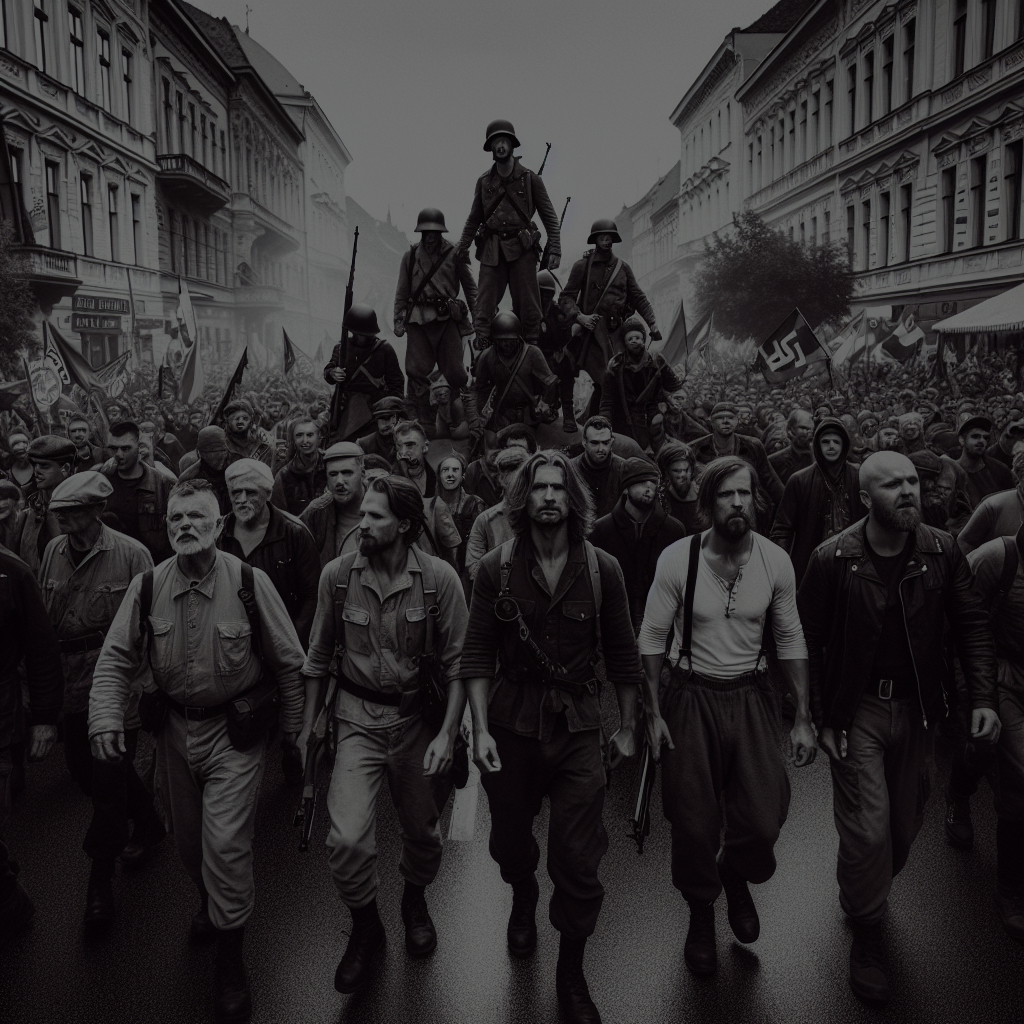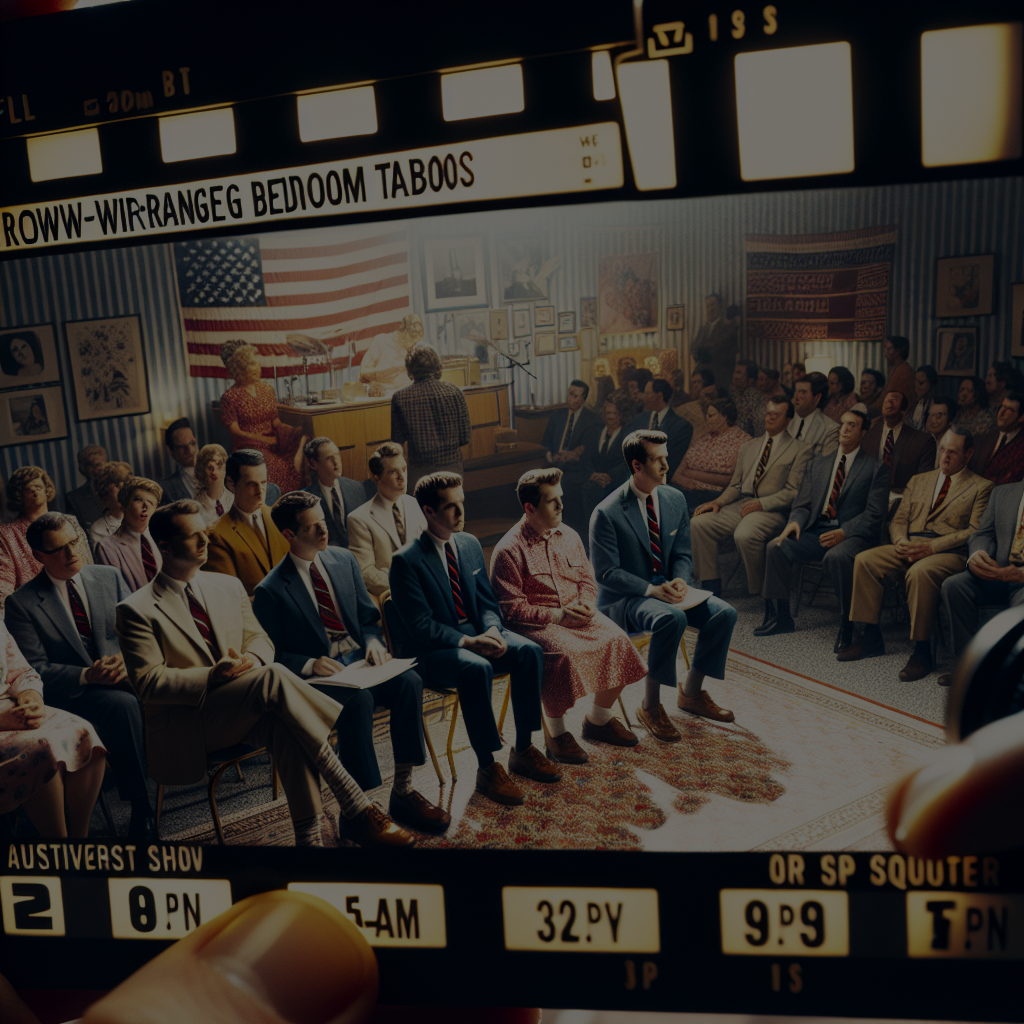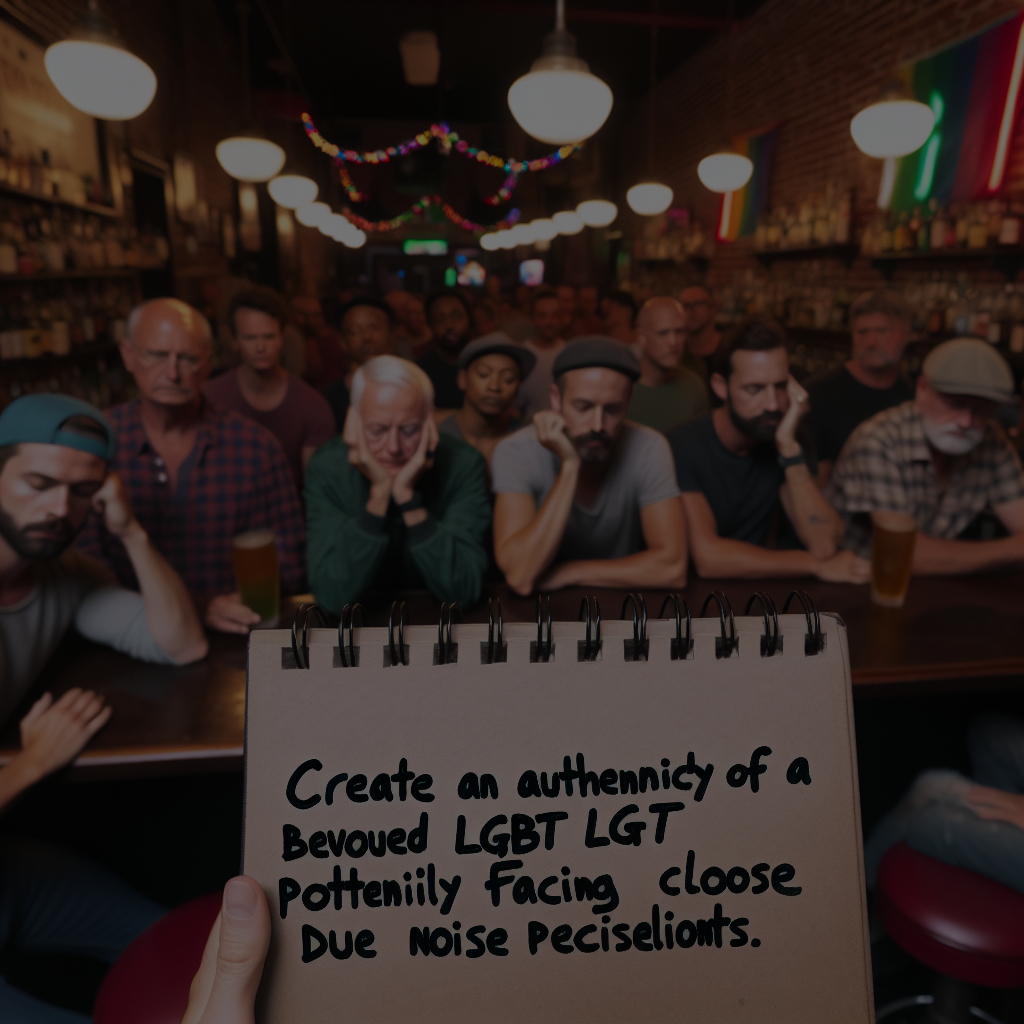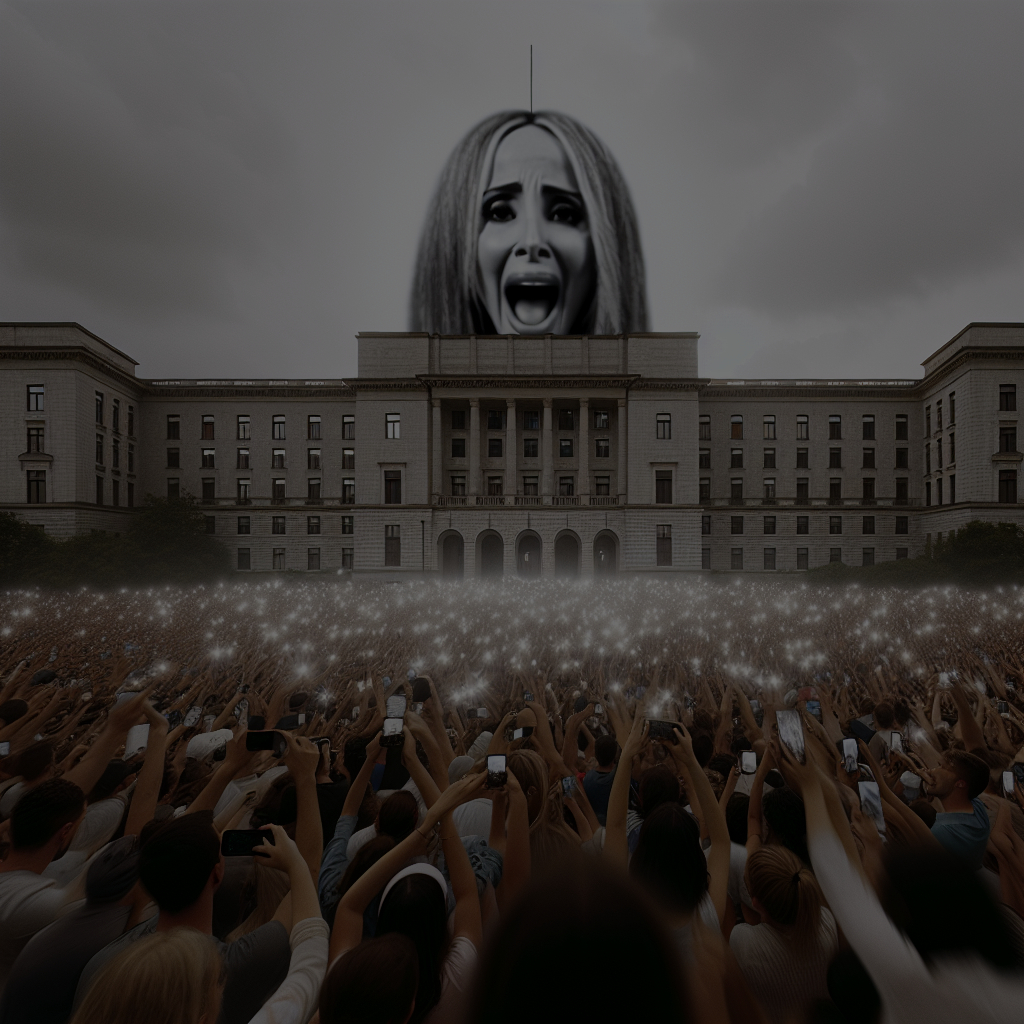The Evolving Relationship Between Work and Homosexuality
Over the decades, the dynamic between sexual orientation and the workplace has transformed dramatically. Once associated with secrecy and double lives, homosexuality is now increasingly recognized and embraced by many organizations that prioritize diversity and inclusion. However, major challenges persist, including difficulties coming out at work, workplace discrimination, homophobia, and invisible barriers to advancement.
This article explores the intersection of homosexuality and professional life through its historical context, current challenges, legal frameworks, best practices, and visions for a more inclusive future.
Historical Context: Homosexuality in the Workplace
From Secrecy to Visibility
Until the 20th century, people identifying as gay or lesbian often had to hide their sexual orientation at work. In many countries, homosexuality was criminalized, placing individuals at risk of job loss, social stigma, or even legal prosecution.
With the emergence of LGBTQ+ movements in the 1970s, workplace visibility started to become an issue. While some progressive companies began adopting equality charters, most organizations were slow to adapt.
Legal Recognition and Progress
From the 1990s onward, significant legal milestones—such as civil unions (PACS in 1999) and marriage equality (2013 in France)—transformed workplace dynamics. These achievements laid the foundation for equal treatment of employees regardless of sexual orientation.
Challenges Faced by LGBTQ+ Individuals at Work
Coming Out at Work
Revealing one’s sexual orientation in the workplace remains a deeply personal and often stressful choice. According to multiple studies, many LGBTQ+ professionals choose to remain private out of concern for:
- Jeopardizing their professional credibility
- Facing ridicule or social exclusion
- Slowing or halting career advancements
Concealment often leads to a draining double life, negatively impacting mental health and productivity.
Discrimination and Workplace Homophobia
Despite protective laws, homophobia at work continues in various forms:
- Unjustified denial of employment or wrongful termination
- Homophobic remarks from peers or management
- Exclusion from promotion opportunities
- Psychological harassment and social isolation
Importantly, these behaviors can also affect those perceived as LGBTQ+, regardless of their actual identity.
The Invisible Glass Ceiling
In certain fields—such as the military, religious institutions, professional sports, or financial services—LGBTQ+ professionals can face subtle but significant career limitations. A lack of senior role models only reinforces this invisible ceiling.
Legal Frameworks: Protection and Recognition
In France
France has implemented several legal protections for LGBTQ+ workers:
- 2001 legislation: bans all workplace discrimination based on sexual orientation
- Labor Code: mandates equal treatment for all employees
- The Defender of Rights: provides legal recourse for victims of discrimination or harassment
Across Europe and Globally
- The European Union introduced anti-discrimination directives in employment as early as 2000
- Countries like Canada, the Netherlands, and Spain are recognized for progressive laws and inclusive practices
- Conversely, in over 60 countries worldwide, homosexuality remains criminalized, making workplace inclusion virtually impossible
The Business Case for LGBTQ+ Inclusion
Enhanced Workplace Culture
Inclusive work environments lead to:
- Stronger team cohesion
- Lower stress levels among LGBTQ+ employees
- A culture of trust that fuels innovation
Increased Employer Appeal
Millennials and Gen Z workers value authenticity, diversity, and equality. Companies that commit to sexual diversity often gain a competitive edge in recruiting and retaining top talent.
Boost to Creativity and Performance
Research from institutions like Harvard Business Review and McKinsey confirms that diversity enhances creativity, adaptability, and overall business performance.
Creating an LGBTQ+ Inclusive Workplace: Best Practices
Education and Awareness Training
Providing diversity training to managers and staff is essential to preventing discrimination and fostering a respectful work environment.
Inclusion Charters and Recognition Labels
- LGBT+ Commitment Charter (France)
- Diversity Label for inclusive practices
- LGBTQ+ employee resource groups that provide peer support and advocacy
Inclusive Communication
Promote inclusive messaging through workplace posters, internal campaigns, and the consistent use of gender-neutral and respectful language.
Support Measures for LGBTQ+ Employees
- Clear anti-harassment and non-discrimination policies
- Flexible leave policies that account for LGBTQ+ families and parental rights
- Support for transgender individuals navigating their career paths
Real Stories: Where LGBTQ+ Identity Meets Work
Positive Experience
Paul, 35, a manager at a multinational firm, shares:
“When I came out at work, I was immediately supported by my leadership. The company even highlighted my story in its diversity program. It allowed me to fully be myself, and perform better professionally.”
Negative Experience
Julie, 28, an employee in a small business, recounts:
“After my coworkers found out I had a girlfriend, the side comments started. I stopped getting invited to lunches, and my manager questioned my ability to handle clients. I eventually resigned.”
These contrasting stories highlight the gap between inclusive workplaces and those still struggling with acceptance.
Work and Homosexuality Across the Globe
Progressive Nations
- Canada: mandates diversity training in many sectors
- Netherlands: legal protection and high visibility for LGBTQ+ employees
Hostile Environments
- In many parts of Africa and the Middle East, being openly gay can lead to criminal penalties and professional repercussions
- LGBTQ+ individuals in these regions often lead a double life — hidden both at work and in society
The Future of LGBTQ+ Inclusion at Work
A More Open-Hearted Generation
Younger LGBTQ+ professionals are demanding workplaces that are inclusive by default. Companies that don’t evolve risk losing access to the next generation of skilled talent.
Digital Transformation and Remote Work
While remote work has provided greater freedom to some LGBTQ+ employees, it has also led to increased isolation for others. Inclusion policies must evolve to meet the needs of the hybrid workforce.
Toward Full Normalization?
The ultimate goal is a workplace where sexual orientation is a non-issue—neither a disadvantage nor a tokenized advantage. Reaching that point will require continued efforts in awareness, policy change, and representation.
Conclusión
The connection between work and homosexuality mirrors broader societal change. While progress has been made in legal and social spheres, full equality is still a work in progress.
To build truly inclusive workplaces, we must:
- Strengthen protective legislation
- Encourage companies to adopt and implement inclusive policies
- Amplify positive stories to inspire ongoing cultural change
Ultimately, what should matter in the workplace is not sexual orientation, but skills, creativity, and human value.









Deja una respuesta